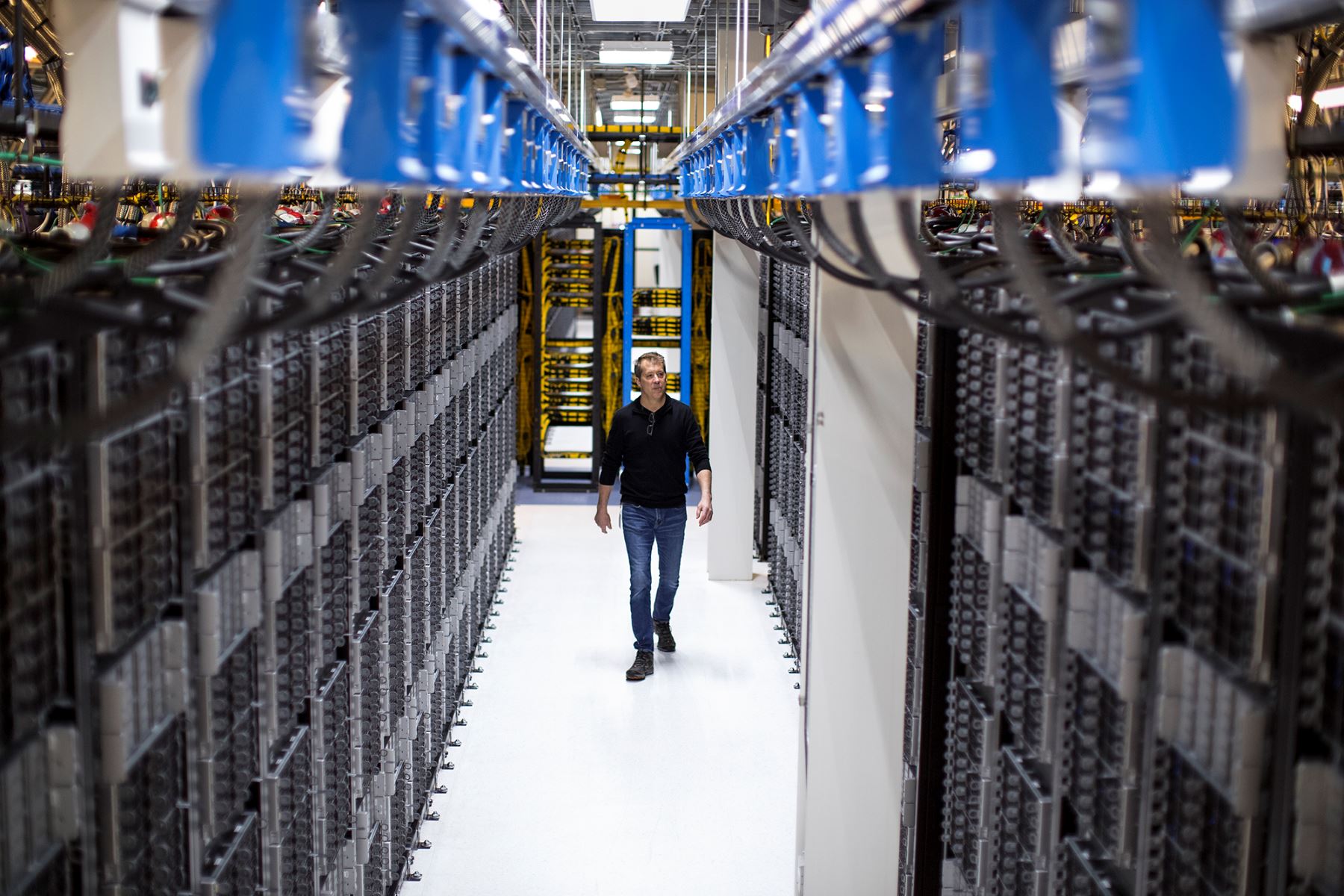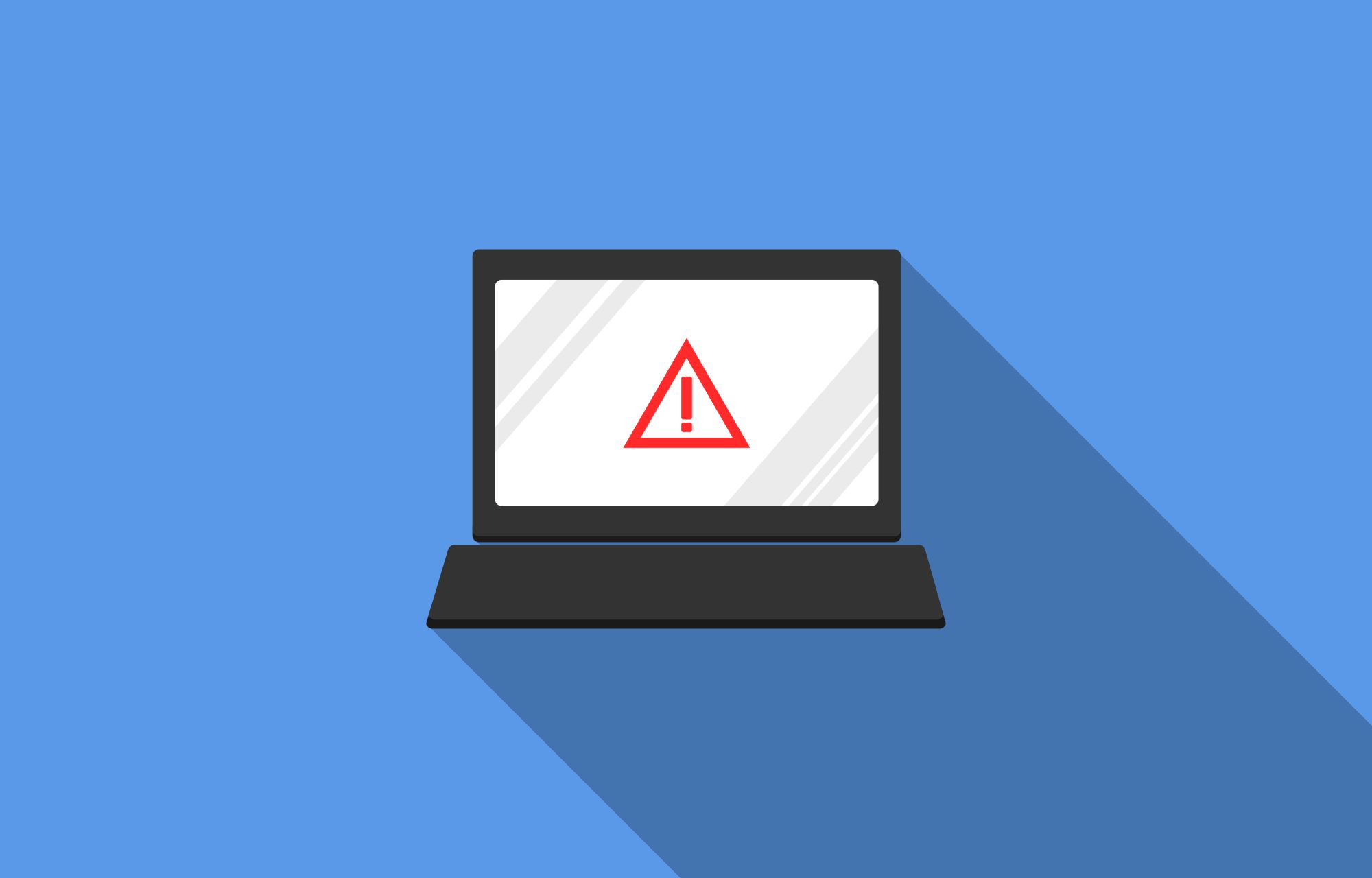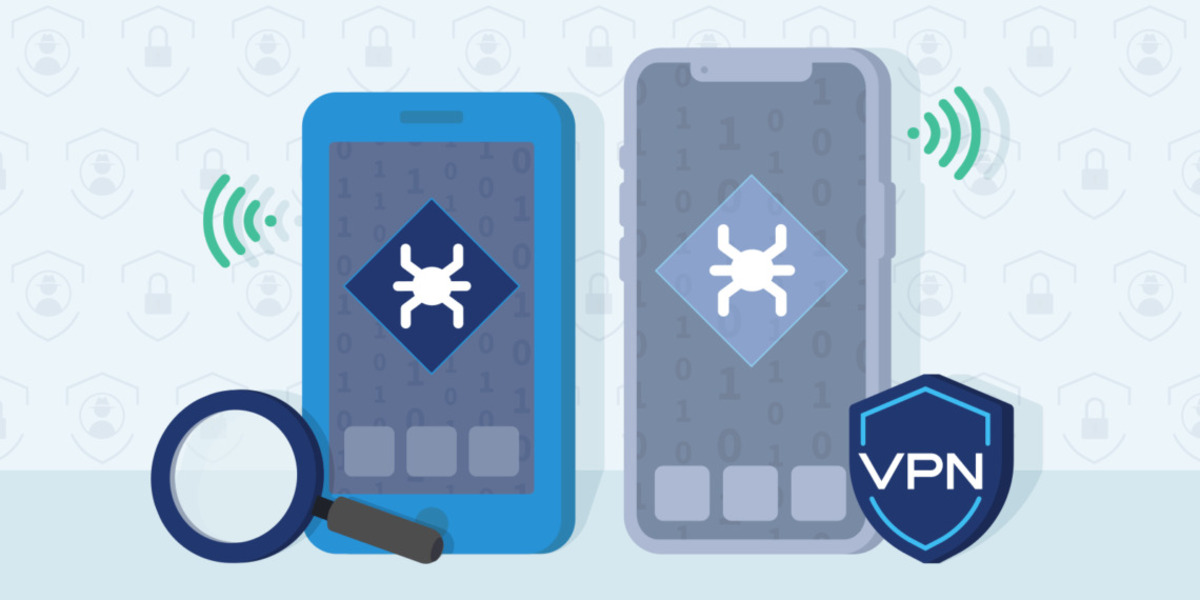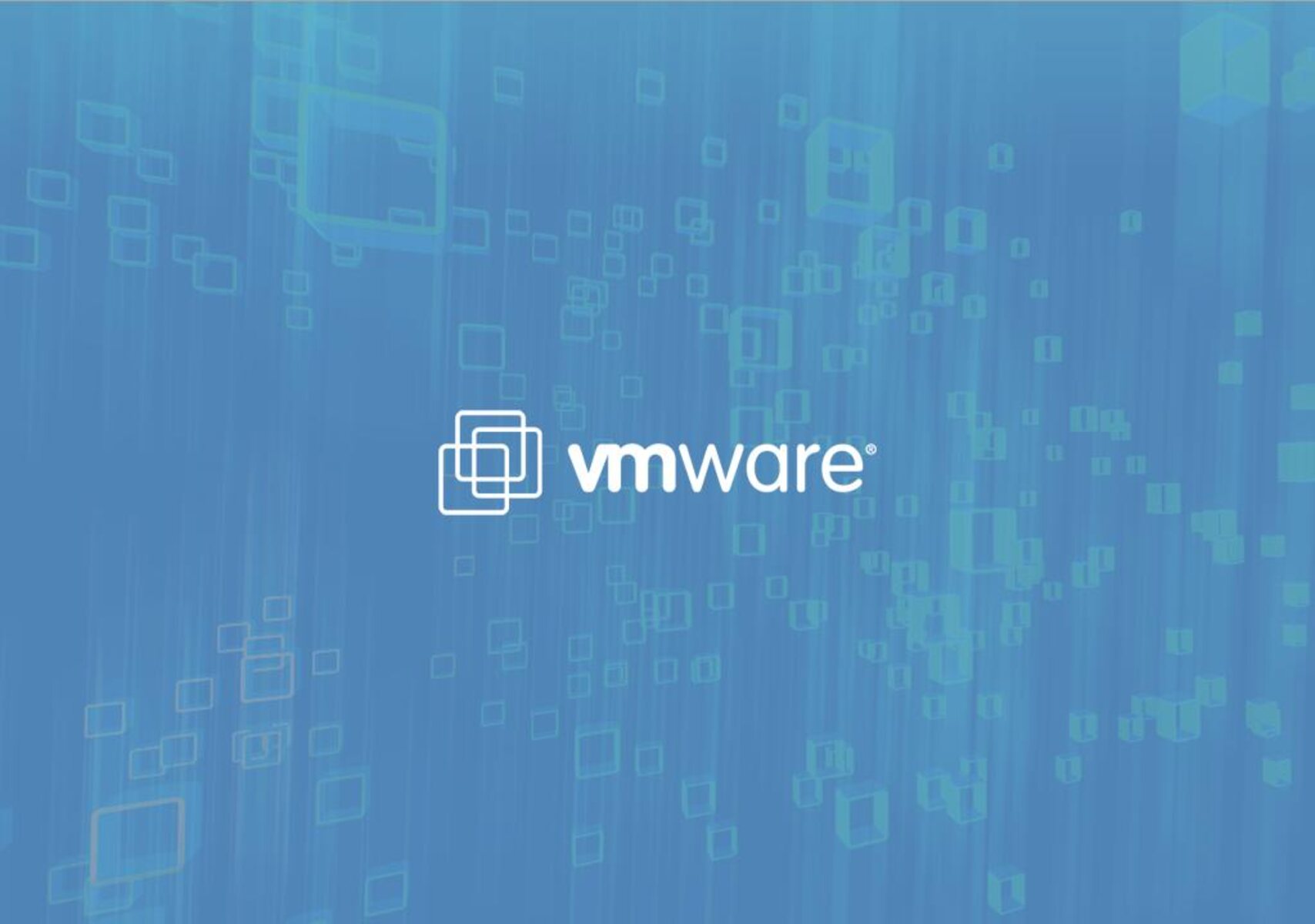Introduction
Virtual machines (VMs) have emerged as a powerful solution in the field of computer security. These software-based emulations of physical computers are designed to provide a secure and isolated environment for running applications and hosting data. With the increasing complexity and sophistication of cyber threats, organizations are realizing the importance of implementing robust security measures. VMs offer a range of features and benefits that enhance the security posture of systems and applications. In this article, we will explore the ways in which virtual machines provide security and protect against various threats.
One of the key advantages of virtual machines is the increased isolation they provide. Each VM operates as an independent entity with its own operating system, file system, and application stack. This isolation ensures that any malicious activity or breach in one VM does not affect the others. By compartmentalizing resources, VMs create a barrier that prevents lateral movement of threats, thereby minimizing the impact of potential breaches.
Furthermore, VMs employ sandboxing techniques to enhance security. Sandboxing creates a restricted environment where applications can run without affecting the underlying system. This isolation prevents malware from escaping the confines of the sandbox and infecting other parts of the system. By confining potentially malicious software, sandboxing allows for safe testing and analysis, enabling security professionals to identify and mitigate threats more effectively.
Virtual machines also benefit from regular security patching. Similar to physical machines, VMs receive updates and patches to address known vulnerabilities and strengthen their defenses. These patches can be applied centrally, ensuring that all VMs are protected with the latest security fixes. By keeping the VMs up to date, organizations can thwart exploits that target known weaknesses and prevent unauthorized access to sensitive data.
Another important aspect of VM security is the ability to securely share resources. VMs can be provisioned with strict resource allocation, ensuring that each VM has access only to the resources it needs. By implementing granular access controls, organizations can prevent unauthorized access to critical data and applications. Additionally, VMs can be deployed in separate network segments, further isolating them from potential threats.
Encryption plays a crucial role in VM security as well. Data stored within VMs can be encrypted at rest and in transit, protecting it from unauthorized access. Encryption algorithms and keys can be managed centrally, providing an additional layer of security. In the event of a security breach, encrypted VMs safeguard the confidentiality and integrity of sensitive information, making it significantly harder for attackers to extract valuable data.
Increased Isolation
One of the key ways in which virtual machines provide security is through increased isolation. Each virtual machine operates as an independent entity, with its own operating system, file system, and application stack. This isolation ensures that if one virtual machine is compromised, the others remain unaffected.
By compartmentalizing resources, virtual machines create a barrier that prevents the lateral movement of threats. Even if an attacker gains access to one virtual machine, they would need to breach additional security layers to gain access to other virtual machines or the underlying host system. This adds an extra layer of security, minimizing the potential impact of a security breach.
Moreover, virtual machines offer the capability to create and manage different security zones. This allows organizations to categorize virtual machines based on their security requirements. For example, a highly sensitive application may be hosted on a separate virtual machine that is heavily fortified with security measures, while less critical applications can be hosted on a different virtual machine with a lower security profile.
Increased isolation also reduces the potential attack surface. By running applications and services in separate virtual machines, organizations can isolate each application, limiting the potential vulnerabilities that an attacker can exploit. This goes a long way in protecting the overall system from attacks such as privilege escalation and lateral movement.
In addition, virtual machine isolation is particularly beneficial in multi-tenant environments, where multiple users or organizations share the same physical infrastructure. By assigning each tenant their own virtual machine, organizations can ensure that their resources and data remain isolated from those of other parties. This prevents unauthorized access or data leakage between tenants, enhancing overall security.
Furthermore, virtual machines provide the ability to implement different levels of access controls and permissions. Administrators can define specific roles and permissions within each virtual machine, allowing fine-grained control over which users or processes can access certain resources. This granular control not only enhances security but also facilitates compliance with regulatory requirements and industry standards.
Overall, the increased isolation provided by virtual machines is a crucial aspect of their security benefits. By compartmentalizing resources, reducing attack surface, and enabling granular access controls, virtual machines offer a robust security solution for protecting critical systems and data.
Sandboxing
Sandboxing is another important security feature that virtual machines provide. It involves creating a restricted environment in which applications can run without affecting the underlying system. This isolation ensures that any malicious activity or potential breaches within the sandboxed application are contained, preventing them from spreading to other parts of the system.
One of the key benefits of sandboxing is the ability to safely test and analyze potentially malicious software. When new applications or files are introduced into a virtual machine, they can be executed within a sandboxed environment, preventing any potential harm to the underlying system. This allows security professionals to closely examine and analyze the behavior of these applications without jeopardizing the security and integrity of the system.
Sandboxing also plays a crucial role in mitigating the risks associated with zero-day vulnerabilities. Zero-day vulnerabilities are newly discovered security flaws that are not yet known or addressed by security patches or updates. By running applications in a sandboxed environment, organizations can minimize the impact of zero-day vulnerabilities, as any exploits or malicious actions are limited to the sandbox and cannot affect the broader system.
Additionally, sandboxing can be used to create secure testing and development environments. Developers can leverage virtual machines to create isolated sandboxes for testing new code or running potentially risky applications. This ensures that any potential bugs or vulnerabilities do not affect the production environment and helps in identifying and fixing issues before deploying the code to the live systems.
Sandboxing also enhances the security of web browsing. Virtual machines can be used as lightweight sandboxes for web browsing, creating a secure and isolated environment for accessing potentially risky websites or downloading files. Any malware or malicious code encountered during browsing is contained within the sandbox and cannot affect the host system or compromise sensitive data.
By confining potentially malicious software within a sandbox, organizations are able to prevent the execution of unauthorized or untrusted code within the main system. This protects against threats such as malware, ransomware, and zero-day exploits, as the restricted environment of the sandbox limits their impact and prevents them from spreading to the rest of the system.
Overall, sandboxing within virtual machines is a powerful security mechanism that enhances the protection of systems and applications. By isolating potentially malicious software, enabling safe testing and analysis, and mitigating risks associated with zero-day vulnerabilities, sandboxing plays a crucial role in safeguarding against emerging threats.
Security Patching
Regular security patching is a critical aspect of maintaining the security and integrity of any system, and virtual machines provide a convenient and efficient way to implement and manage these patches. Virtual machines, like physical machines, are susceptible to various vulnerabilities that could be exploited by attackers. By consistently applying security patches, organizations can address these vulnerabilities and strengthen their defense against potential threats.
The advantage of virtual machines is that security patches can be applied centrally, ensuring that all virtual machines within a system receive the necessary updates. This centralized management simplifies the patching process, eliminating the need to individually patch each virtual machine and reducing the risk of missing critical updates. With a centralized patch management system, administrators can schedule and deploy patches across all virtual machines in a controlled and coordinated manner.
Furthermore, virtual machines allow for easy rollback in case a security patch causes unexpected issues. Since each virtual machine operates independently, administrators can capture snapshots of the virtual machine’s state before applying patches. These snapshots serve as restore points, allowing organizations to revert to a previous state quickly and easily if any compatibility or stability issues arise after patching. This ability to rollback mitigates the risk of potential disruptions and minimizes the impact on critical operations.
Virtual machines also facilitate testing and validation of security patches before deployment. Administrators can create duplicate virtual machine instances or dev/test environments to evaluate the impact of a patch before applying it to production systems. This pre-deployment testing helps identify any potential conflicts or issues that may arise with specific applications or configurations, ensuring a smooth patching process and minimizing the risk of unintended consequences.
In addition, virtual machines allow organizations to maintain legacy systems and applications securely. For systems that are no longer supported by their respective vendors, security patches may no longer be available or provided at a reduced frequency. By virtualizing these legacy systems within a protected virtual machine, organizations can still apply security patches to the virtual machine and protect it from potential attacks, even if the underlying operating system is no longer maintained.
Overall, security patching within virtual machines is a crucial element of maintaining a secure computing environment. By centralizing patch management, enabling easy rollback, facilitating pre-deployment testing, and securing legacy systems, virtual machines provide an effective and efficient solution for addressing vulnerabilities and ensuring the ongoing security of critical systems and data.
Secure Sharing of Resources
Secure sharing of resources is a significant consideration in any computing environment, and virtual machines offer a range of features to ensure the safe and controlled sharing of resources among different entities. By implementing granular access controls and resource allocation, organizations can prevent unauthorized access to sensitive data and applications.
Virtual machines allow for the creation of separate environments that can be designated to specific users or groups. Each virtual machine operates as an independent entity with its own allocated resources, such as CPU, memory, and storage. This resource allocation ensures that each virtual machine has access only to the resources it needs, preventing resource contention and unauthorized use.
Furthermore, virtual machines can be deployed in separate network segments, using technologies such as virtual LAN (VLAN) or virtual private network (VPN) connections. By isolating virtual machines in separate network segments, organizations can create additional layers of security, preventing unauthorized network access and potential data leakage. This segregation of network traffic helps maintain the confidentiality and integrity of sensitive information.
Virtual machines also support the implementation of fine-grained access controls. Administrators can define specific roles and permissions within each virtual machine, allowing them to restrict access to certain resources based on user privileges. This level of control ensures that only authorized users or processes have access to critical applications and data, minimizing the risk of data breaches or unauthorized system changes.
In multi-tenant environments, where different users or organizations share the same physical infrastructure, virtual machines provide a secure way to segregate resources. Each tenant can be assigned their own virtual machine, ensuring that their resources and data remain isolated from those of other parties. This separation prevents unauthorized access or data leakage, enhancing overall security and privacy.
Additionally, virtual machines support the concept of virtual private clouds (VPCs), providing a secure and isolated virtual network within a public cloud environment. VPCs enable organizations to define their own private IP address range, control network access, and implement firewall rules. This level of control ensures that resources within the VPC are only accessible to authorized entities, reducing the risk of unauthorized access or data exfiltration.
By securely sharing resources through virtual machines, organizations can maintain control over data and applications while still facilitating collaboration and resource utilization. The ability to allocate resources, implement access controls, and segregate network traffic helps safeguard sensitive information and ensures that each entity only has access to the resources it requires.
Encryption
Encryption is a crucial component of virtual machine security, providing an additional layer of protection for data stored within virtual machines. Virtual machines support various encryption techniques that can be employed to safeguard sensitive information both at rest and in transit.
Data at rest refers to information that is stored within the virtual machine’s disk or storage system. Virtual machines allow for the encryption of data at rest, ensuring that even if an unauthorized individual gains access to the storage media, the data remains encrypted and unusable. Encryption algorithms, such as Advanced Encryption Standard (AES), are commonly used to encrypt the data, and cryptographic keys are employed to decrypt the data when needed. By encrypting data at rest, organizations can protect against data breaches and unauthorized access to critical information.
In addition to data at rest, virtual machines also support encryption of data in transit. When data is transmitted between virtual machines or between virtual machines and external systems, encryption is employed to secure the communication channels. Secure protocols, such as Secure Sockets Layer (SSL) or Transport Layer Security (TLS), are utilized to encrypt the data, preventing unauthorized interception or tampering. This ensures that data remains confidential and intact during transit, even if it passes through untrusted networks.
Virtual machines provide centralized management of encryption keys, allowing administrators to securely store and control access to these keys. By managing encryption keys effectively, organizations can ensure that only authorized individuals or processes can decrypt the protected data. This level of control further enhances the security of the encrypted virtual machines.
Encrypting virtual machines is particularly beneficial in scenarios where virtual machines are migrated or exported to different environments or cloud platforms. By encrypting the virtual machine image, organizations can protect their sensitive data even if the virtual machine image is accessed or transferred by unauthorized parties. This safeguards against potential data breaches during migration or export processes.
Moreover, virtual machines allow for secure boot and encryption of the hypervisor layer. Secure boot ensures that the hypervisor and virtual machine components are trusted and have not been tampered with, enhancing the overall security of the virtual machine environment. Encrypting the hypervisor layer adds an extra level of protection, preventing unauthorized access or modification of critical components.
By leveraging encryption within virtual machines, organizations can strengthen the security of their data and applications. Encryption of data at rest and in transit, centralized management of encryption keys, and secure boot and hypervisor encryption all contribute to a more robust security posture within the virtual machine environment.
Monitoring and Logging
Monitoring and logging play a crucial role in maintaining the security of virtual machine environments. By monitoring the activities and collecting logs from virtual machines, organizations can detect and respond to security incidents, identify potential vulnerabilities, and ensure compliance with regulatory requirements.
Virtual machines provide built-in monitoring capabilities, allowing administrators to track various metrics and performance indicators. Organizations can monitor resource utilization, such as CPU and memory usage, as well as network traffic and disk I/O. Monitoring helps ensure that virtual machines are operating within expected parameters and can alert administrators to any anomalies or potential issues.
In addition to performance monitoring, virtual machines offer logging features that capture valuable information about system events and activities. Virtual machine logs record important events such as startup, shutdown, configuration changes, and application errors. These logs provide a valuable source of information for investigating incidents, identifying potential security breaches, and troubleshooting issues.
Centralized log management systems can be used to aggregate and analyze logs from multiple virtual machines. This enables administrators to correlate events and uncover patterns or anomalies that may indicate potential security threats. By identifying and responding to these threats in a timely manner, organizations can minimize the impact of security incidents and mitigate risks.
Furthermore, virtual machine monitoring and logging can be enhanced through the integration of security information and event management (SIEM) solutions. SIEM tools collect and analyze log data from various sources, including virtual machines, to provide a centralized view of security events and incidents. By integrating virtual machine logs with SIEM solutions, organizations can gain comprehensive visibility into their security posture and detect security events that may otherwise go unnoticed.
Virtual machines also support the deployment of endpoint detection and response (EDR) agents. EDR solutions monitor and analyze the behavior of virtual machines in real-time, detecting and responding to malicious activities or anomalies. These agents provide an additional layer of security by actively monitoring for signs of compromise and enabling rapid response to potential threats.
Compliance requirements also drive the need for monitoring and logging within virtual machine environments. Many regulatory frameworks mandate the logging and retention of security-related events for a specified period. By establishing robust monitoring and logging practices, organizations can ensure compliance with these requirements and provide auditors with the necessary data to demonstrate adherence to security standards.
Overall, monitoring and logging within virtual machine environments is essential for maintaining a secure and compliant computing environment. By monitoring performance metrics, capturing and analyzing logs, integrating with SIEM and EDR solutions, and meeting regulatory requirements, organizations can proactively identify and respond to security threats, enhance incident response capabilities, and ensure the integrity and availability of their virtual machines.
Easy Recovery from Attacks
Virtual machines offer a unique advantage when it comes to recovering from security attacks and incidents. The inherent isolation and abstraction provided by virtualization enable organizations to quickly and easily recover compromised virtual machines, minimizing the impact of security breaches and maintaining operational continuity.
In the event of a security attack or vulnerability exploitation, organizations can leverage the snapshots feature of virtual machines to revert back to a known-good state. By taking regular snapshots of virtual machines, administrators can create restore points that capture the system’s configuration and data at a specific point in time. In the event of a security incident, administrators can easily roll back to a snapshot, effectively erasing any changes made by an attacker and restoring the virtual machine to a previously stable state.
Virtual machine snapshots also enable a quicker recovery process compared to traditional physical machines. Traditional recovery methods often require reinstalling the entire operating system, applications, and configurations. With virtual machines, the rollback process can be completed in a matter of minutes, saving valuable time and resources. This ease of recovery ensures that businesses can resume normal operations promptly, minimizing downtime and reducing the potential financial and reputational damage caused by security incidents.
Another benefit of virtual machines is their ability to migrate or move between different physical hosts. This mobility allows organizations to easily transfer compromised virtual machines to isolated environments for forensic analysis or offline investigation. By moving the affected virtual machine to an isolated network or offline environment, security professionals can examine the system without the risk of further damage or compromise.
Virtual machines also provide the option of using templates or cloned virtual machine images for quick deployment and recovery. Organizations can create pre-configured, hardened virtual machine templates that can be rapidly deployed in the event of a security incident. These templates already include security measures and configurations, ensuring that the recovered virtual machine starts from a secure baseline.
Additionally, virtualization technologies often offer integration with backup and disaster recovery solutions. These solutions enable organizations to create backups of their virtual machines, ensuring that copies of the virtual machine’s data and configuration are stored securely. In the event of a security incident, these backups can be used to restore the virtual machines to a previous state, providing an additional layer of protection against data loss and ensuring business continuity.
By leveraging the flexibility and capabilities of virtual machines, organizations can recover from security attacks quickly and efficiently. The ability to roll back to known-good states, migrate virtual machines for analysis, utilize templates for rapid deployment, and integrate with backup solutions all contribute to easy recovery and enhanced resilience in the face of security incidents.
Conclusion
Virtual machines offer a wide array of security benefits that strengthen the protection of systems and data. Through increased isolation, sandboxing, security patching, secure sharing of resources, encryption, monitoring and logging, and easy recovery from attacks, virtual machines provide organizations with robust security measures to counter a variety of threats.
The increased isolation provided by virtual machines ensures that breaches or malicious activities within one virtual machine do not impact the others, minimizing the potential impact of security incidents. Sandbox environments within virtual machines allow for safe testing and analysis of potentially malicious software, limiting their impact and aiding in threat identification and mitigation.
Regular security patching ensures that virtual machines remain protected against known vulnerabilities, reducing the risk of unauthorized access and attacks. Secure sharing of resources through granular access controls and isolated network segments allows organizations to control access and protect against unauthorized use of critical data and applications.
Encryption of data at rest and in transit within virtual machines adds an extra layer of security, safeguarding sensitive information from unauthorized access or interception. Monitoring and logging capabilities enable the detection of security incidents, identification of vulnerabilities, compliance with regulations, and provide valuable data for analysis and investigation.
Lastly, virtual machines ease the recovery process from security incidents by allowing for quick rollback to known-good states, easy migration to isolated environments for analysis, utilization of pre-configured templates, and integration with backup solutions.
In conclusion, virtual machines provide a comprehensive security solution that addresses various aspects of system and data protection. By leveraging their features and benefits, organizations can enhance their security posture, mitigate risks, and ensure the confidentiality, integrity, and availability of their systems and data.

























